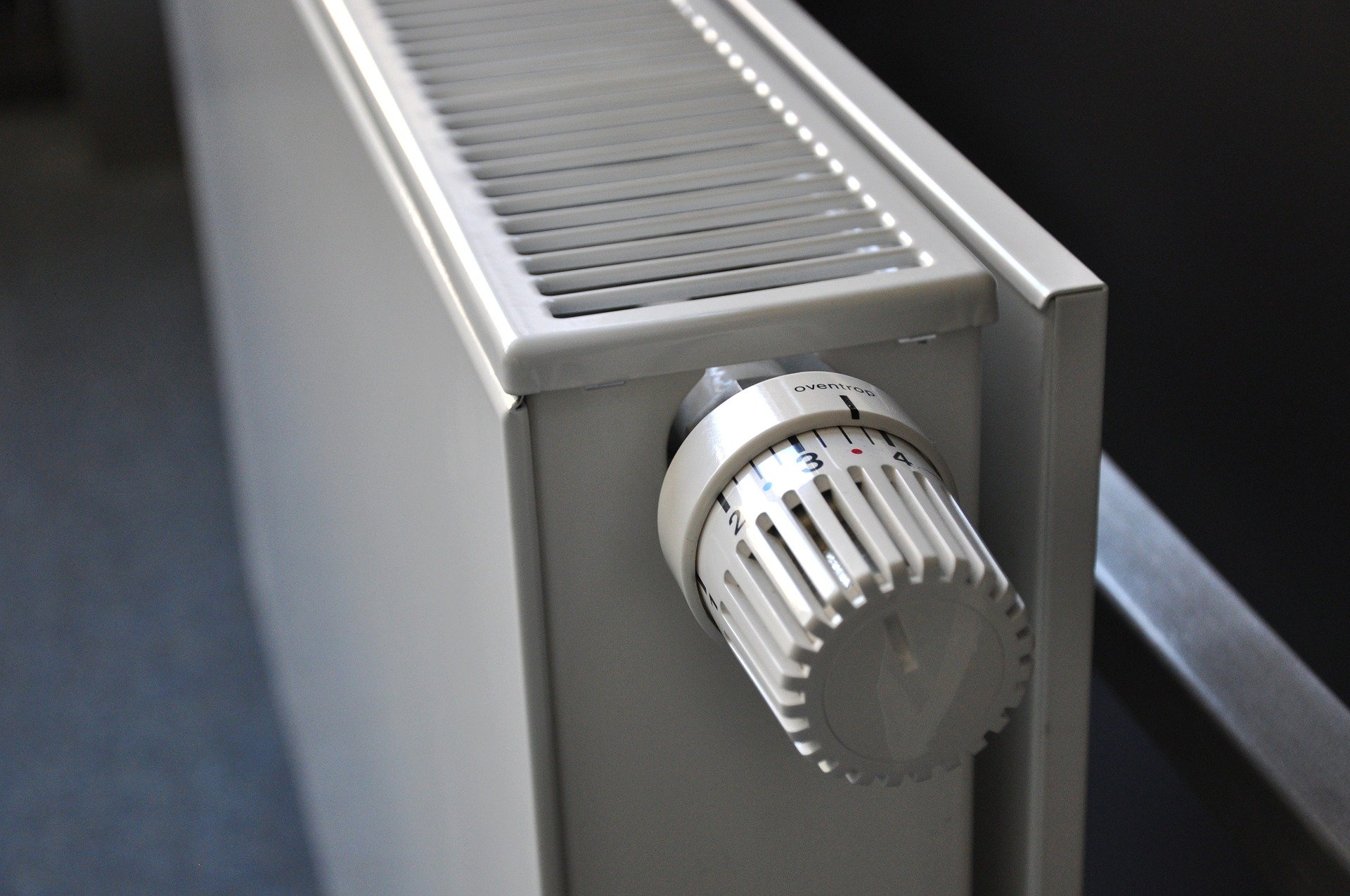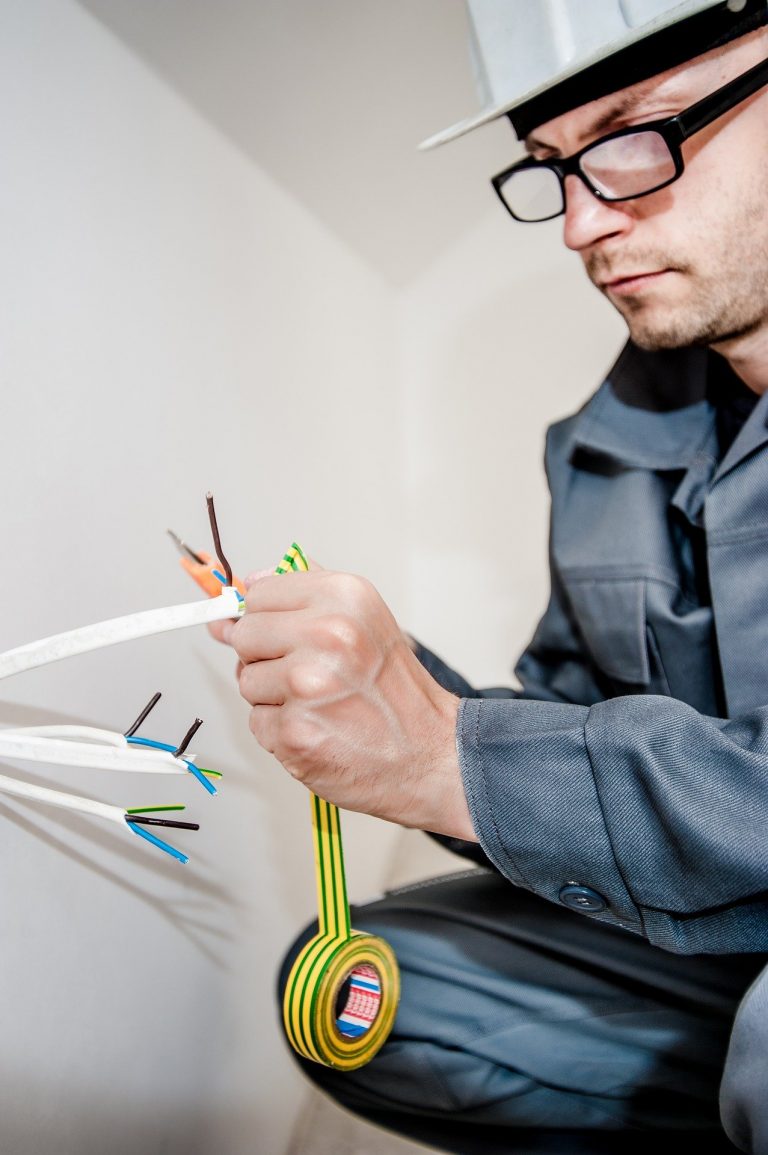Radiators are an essential part of any heating system, but they can sometimes become airlocked. This can cause the radiator to not heat up properly, or it can even make noise. If you’re experiencing this problem, you can easily fix it by bleeding the radiator.
What you’ll need:
- A radiator key
- A bucket or towel
- Gloves
- A flashlight (optional)
Instructions:
When you have decided you need to bleed your radiators the first is you must turn off your central heating system. And make sure all the radiators are cool or you might get a nasty burn. If you have more than one radiator you wish to bleed.
Start with the radiator which is furthest away from the boiler which is downstairs. Insert the radiator key into the bleed valve and place the cloth underneath to capture any water which may escape from the radiator. Twist the radiator key in a anti-clockwise direction until you hear a hissing sound. As this will be the air escaping and close it again when water starts leaking from the valve. Tighten up the radiator valve again by turning the key in a clockwise direction. Repeat these steps for all other radiators you need to bleed.
When you have finished, turn your central heating back on and check if the radiators are now heating up correctly. And hopefully you should have no cold spots and they should start warming up much more quickly.
How to bleed a radiator without a key
If you can’t get hold of a radiator valve key you can always use a flat head screwdriver. The method you need to take this route is place the flat head into the notches of the bleed valve.] To bleed the radiator, like with the radiator key turn it in a anticlockwise direction to open the valve, and clockwise direction to close the valve. Always remember to hold an old cloth or jug under the bleed valve to catch any escaping water. And, turn the heating off before you start this process.
Tips:
- If you don’t have a radiator key, you can use a flathead screwdriver to turn the bleed valve.
- Be careful not to overtighten the bleed valve, as this can damage the radiator.
- If you have multiple radiators, bleed them one at a time, starting with the radiator furthest away from the boiler.
- If you’re not comfortable bleeding a radiator yourself, you can call a plumber to do it for you.
Benefits of Bleeding a Radiator:
- Improved heating efficiency
- Longer lifespan of your radiators
- Reduced noise from your radiators
- Peace of mind knowing that your radiators are working properly
Troubleshooting:
- If you bleed the radiator and no air comes out, it may be because the radiator is already bled.
- If you bleed the radiator and water comes out, it means that the radiator is leaking. You should call a plumber to fix the leak.
- If you bleed the radiator and the radiator still doesn’t heat up properly, it may be because there is a problem with the heating system. You should call a heating engineer to diagnose the problem.
Here are some additional tips for bleeding a radiator:
- If you have a lot of air trapped in your radiator, you may need to bleed it multiple times.
- If you’re bleeding a radiator that is close to the floor, you may need to use a step stool or ladder to reach the bleed valve.
- If you’re bleeding a radiator that is high up on a wall, you may need to use a flashlight to see the bleed valve.
- If you’re bleeding a radiator that is made of cast iron, be careful not to overtighten the bleed valve, as this can damage the radiator.
Bleeding a radiator is a simple task that can be done by anyone. By following these instructions, you can easily fix an airlocked radiator and improve the efficiency of your heating system.
If you are still struggling you can contact us for further help with our services


